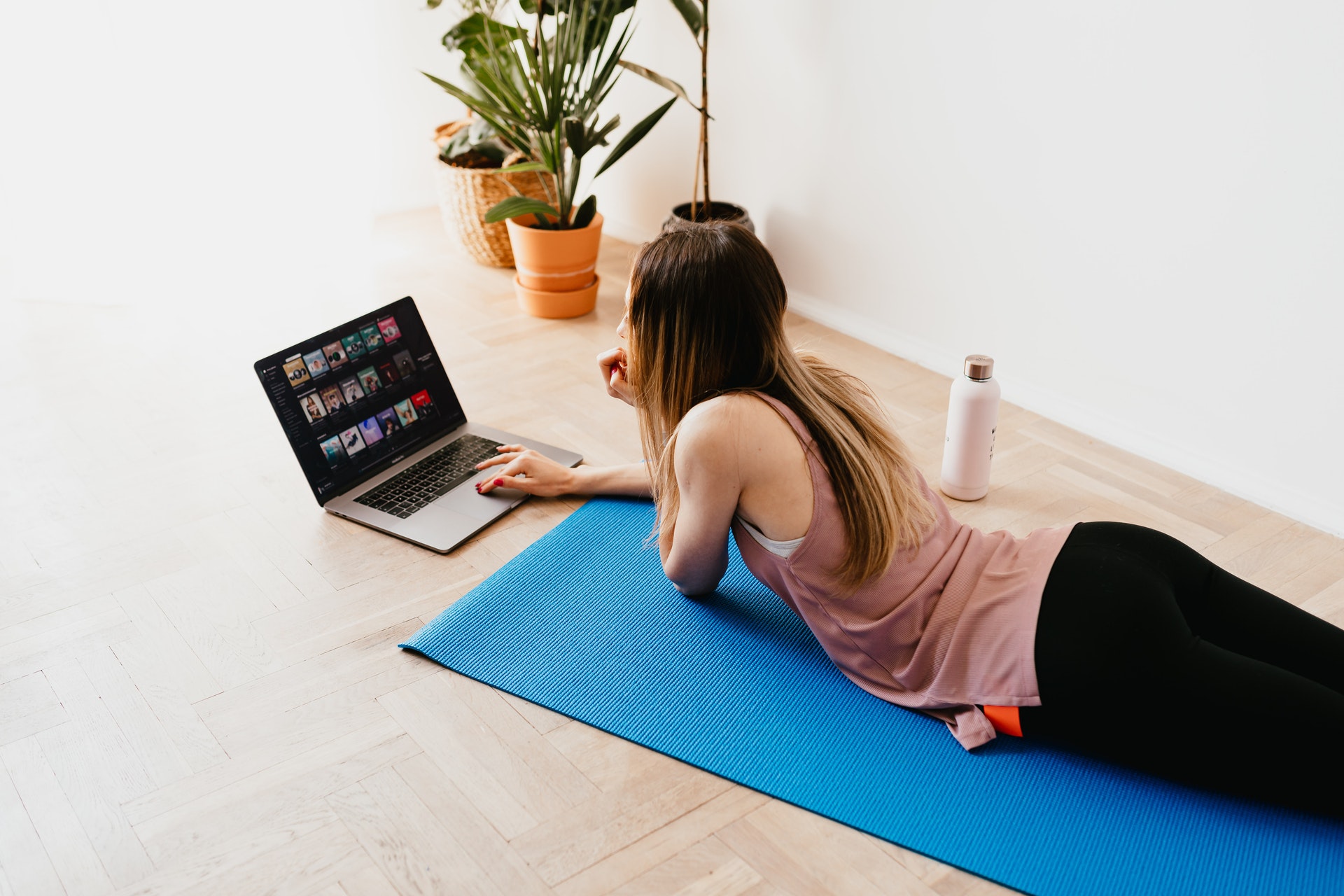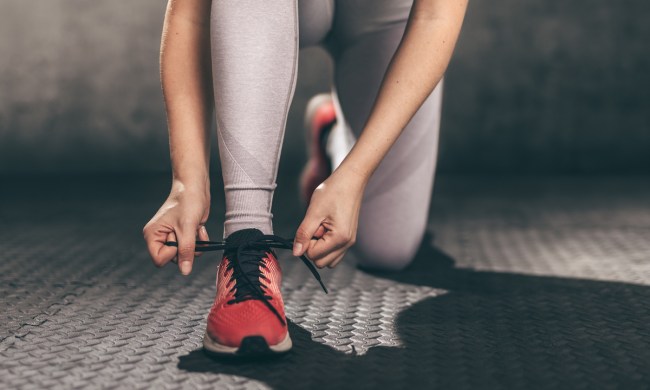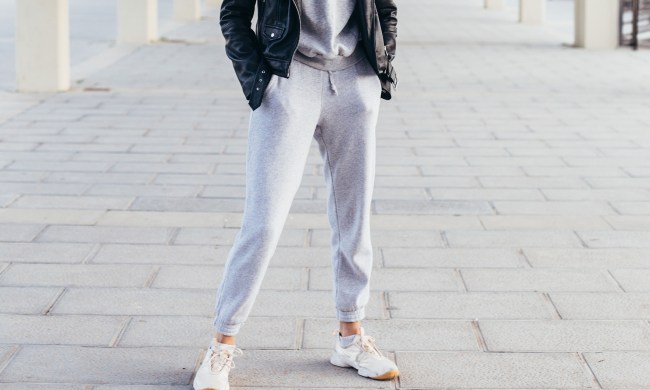If you or someone you love is pregnant, you might have been warned about the high likelihood of developing diastasis recti. The Mayo Clinic defines diastasis recti as the occurrence when “the growing uterus stretches the muscles in the abdomen. This can cause the two large parallel bands of muscles that meet in the middle of the abdomen to separate.”
The scientific name makes this condition sound a lot scarier than it is. Muscle separation after pregnancy is normal and heals on its own. Also known as an ab separation or diastasis recti abdominis (DRA), diastasis recti may cause a bulging belly where the muscles have separated. This is often the cause of the aggravating pooch that won’t slim down even after you’ve shed the pregnancy weight. This condition on its own is often not painful, but side effects can include pelvic and lower back pain, constipation, and difficulty breathing in more severe cases.
If you’re experiencing or concerned about diastasis recti, you’re not alone. According to the British Journal of Sports Medicine, over 60% of postpartum patients suffer from diastasis recti, and research suggests the number is likely much higher because the condition is underreported.
If you’ve experienced nosy strangers asking when you’re due while you’re balancing your 14-month-old on your hip, you’ve probably considered treatments to recover from baby belly. Fortunately, there’s a plethora of information available to help you figure out if you have DRA and how to fix it at home.
While at-home methods can be very effective, we always suggest consulting a healthcare professional for an individualized diagnosis and treatment plan.
Who’s at risk for diastasis recti?
Hormonal changes during pregnancy cause connective tissues and ligaments to soften, allowing your abdomen to stretch and accommodate your growing baby. As the tissues around the linea alba stretch, the muscles can separate. You’re at an increased risk for diastasis recti if you’ve had more than one pregnancy or have a weak core.

While pregnancy is the most common cause, this condition can happen to anyone. Abdominal surgeries and injuries are other, less common causes of DRA, so these tips and tricks will help anyone looking to rehab their core muscles. The gap will eventually heal over time, but exercises will help rebuild these core muscles faster.
Do you have diastasis recti?
While we always recommend getting a professional diagnosis, there’s a self-check method to find out if you may have diastasis recti.
To perform the self-check, lie on your back with your knees bent and feet flat against the floor. Slightly raise your head and engage your stomach muscles with your fingers on both sides of your belly button. Press down gently, and if you feel a gap between your fingers, you have ab separation.
Separations are normal after pregnancy, so the presence of a gap doesn’t necessarily mean you have diastasis recti. However, if the gap is wider than 1-2 finger widths, DRA is a likely culprit.
How to fix diastasis recti
It’s always a good idea to schedule a visit with your doctor before beginning any exercise program to rebuild your muscles, as some exercises can actually worsen the problem. For treating side effects like back pain, you might want to consider integrating lower back exercises into your routine. And while crunches and targeted ab workouts may seem like the best solution, they increase abdominal pressure, which can widen the separation.
Because diastasis recti can weaken the pelvic muscles, exercises that include pelvic floor and core engagement are much more effective. Try concentrated breathing techniques while you perform kegel exercises, a technique of engaging the muscles used to control the flow of urine, to strengthen the pelvic floor. This can also prevent leaking and accidental urination (especially when you sneeze). We recommend the following:
Pelvic Tilts
To successfully perform pelvic tilts, start on your hands and knees, keeping your spine in a neutral position. Inhale deeply, curving your tailbone under as you exhale, all while doing your kegels. Inhale again as you return to the starting position. Keep your movements slow and steady, aiming for 10-12 pelvic tilts.
Toe Taps
For toe taps, lie flat on your back with your legs in the tabletop position with your knees bent and parallel to your hips. Inhale deeply, exhaling as you tap your foot against the floor, being sure to engage your core muscles. Return your legs to the starting position with an inhale. Complete 10 taps with each leg.
Leg Extensions
Begin by bringing your legs up to the tabletop position, and inhale as you reach past your knees, parallel to the floor. Exhale, extend your legs, and raise your arms above your head, keeping your back flat against the floor. Inhale deeply as you return to the starting position. Aim for 10 reps. Leg extensions are a more challenging exercise, so you may want to save these until you’ve rebuilt some of your core strength, or modify the workout by extending one leg at a time.
When to get help
If you have severe diastasis recti, you may need the help of a physical therapist or OBGYN (see also: top OBGYN Columbus). Always consult with your physician before beginning any new exercise routine, and keep your doctor updated if you experience any additional symptoms, discomfort, or pain.




